Best trilogies in film history
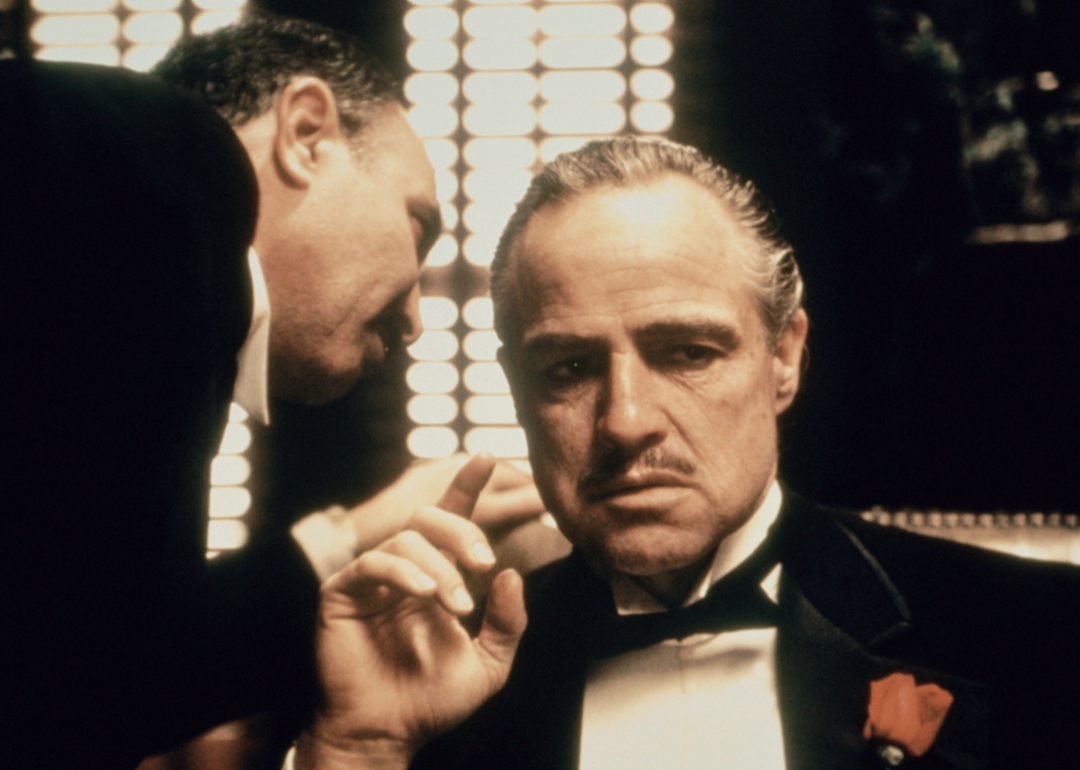
Paramount Pictures
Best trilogies in film history
Marlon Brando and Salvatore Corsitto in ‘The Godfather’
The pressure that comes with making a trilogy is immense. Sometimes they span decades, which can cause continuity conflicts even the best directors cannot solve. At other times, the later films just don’t hold up to their predecessors. To do well at the box office and stand the test of time, trilogies must please critics and loyal audiences alike.
Stacker compiled IMDb data on all film trilogies with consistently high ratings and ranked the top 10 by aggregate score across the three films, with ties broken by aggregate votes. Only trilogies with recurring characters and trilogies that were intentionally directed to be thematic trilogies were included.
While trilogies like the original “Star Wars” and “The Godfather” are not to be missed on this list, there are smaller and lesser-known films that deserve the spotlight too. Coming-of-age stories from the 1950s and romantic dramedies of recent decades reinvent the trilogy as we know it, proving that you don’t need a big budget to craft three films that withstand the test of time.
Read on to discover what film trilogies are currently hailed as the best of all time, and make sure to add them to your watchlist.
You may also like: Famous movie quotes from the year you were born
![]()
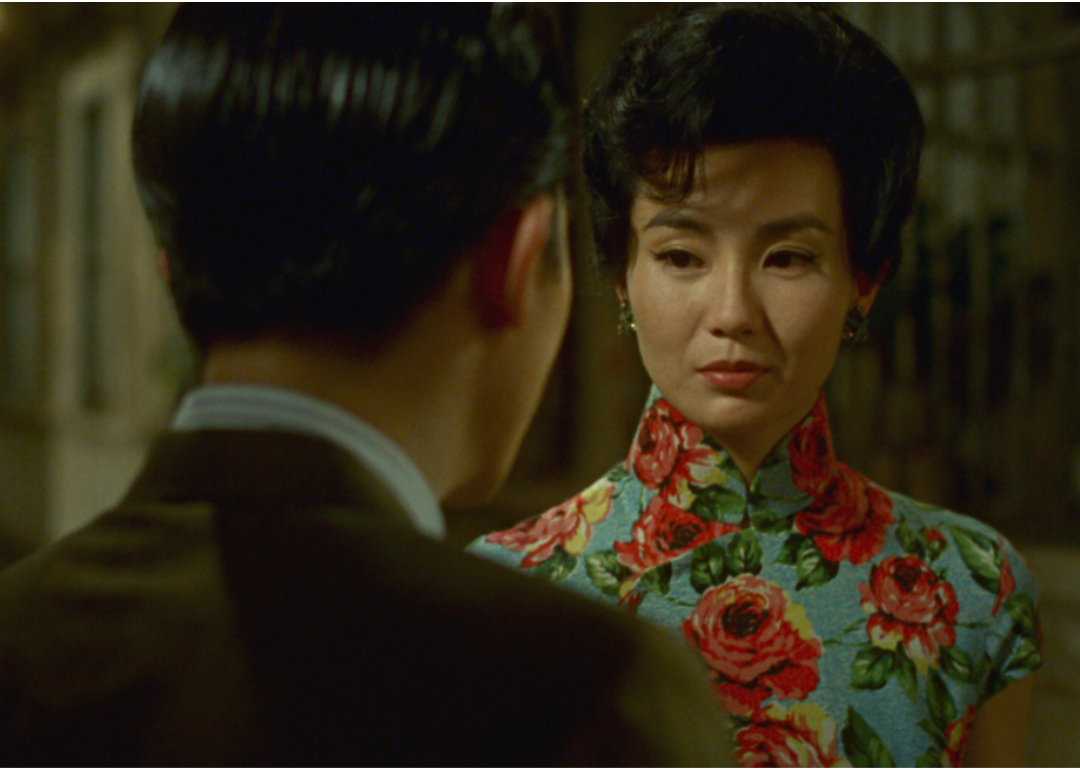
Block 2 Pictures
#10. Wong Kar-Wai’s ‘Love’ trilogy
Maggie Cheung and Tony Chiu-Wai Leung In a scene from ‘In the Mood for Love’
– Average IMDb user rating: 7.7
– Average Metascore: 85.3
– Days of Being Wild (1990)
— IMDb user rating: 7.5
– In the Mood for Love (2000)
— IMDb user rating: 8.1
– 2046 (2004)
— IMDb user rating: 7.4
Among the top-rated trilogies of all time, Wong Kar-Wai’s “Love” films are the highest-rated in his filmography. Beginning in 1990 with “Days of Being Wild” and ending in 2004 with “2046,” each film in the “Love” trilogy deals with Wong’s idea of love and its impact on his films’ characters. Along with love, views on time and chance are prevalent in each work, flowing perfectly with Wong’s languid style of filmmaking. While the trilogy isn’t inherently connected, the ideas it poses make for the perfect triple-feature tearjerker.
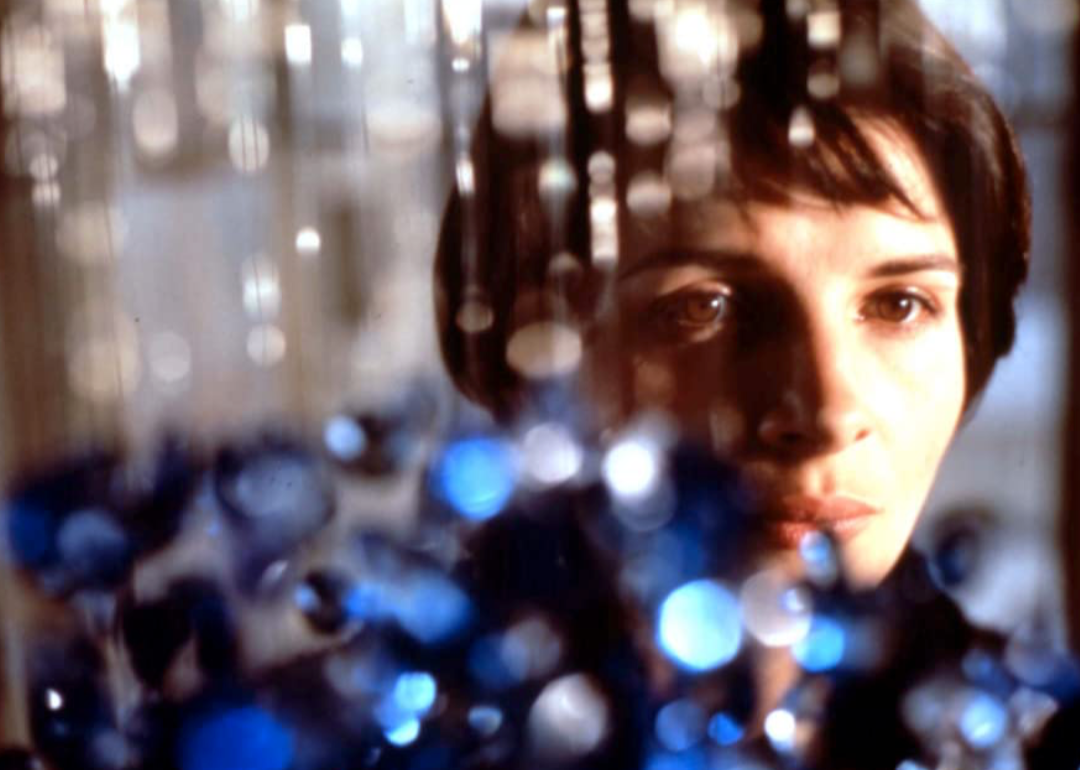
MK2 Productions
#9. Krzysztof Kieślowski’s ‘Three Colors’ trilogy
Juliette Binoche in a scene from ‘Three Colors: Blue’
– Average IMDb user rating: 7.9
– Average Metascore: 91
– Three Colors: Blue (1993)
— IMDb user rating: 7.9
– Three Colors: White (1994)
— IMDb user rating: 7.6
– Three Colors: Red (1994)
— IMDb user rating: 8.1
Directed one after the other by Krzysztof Kieślowski, the “Three Colors” trilogy consists of: “Three Colors: Blue,” “Three Colors: White,” and “Three Colors: Red.” All three films follow a woman at a turning point in her life, with Juliette Binoche, Julie Delpy, and Irène Jacob headlining each film. Every installment in the trilogy hearkens back to the colors and symbolisms of the French flag: liberty (blue), equality (white), and fraternity (red). These themes are explored throughout the films not just through their storylines but through the powerhouse performances of each leading lady.
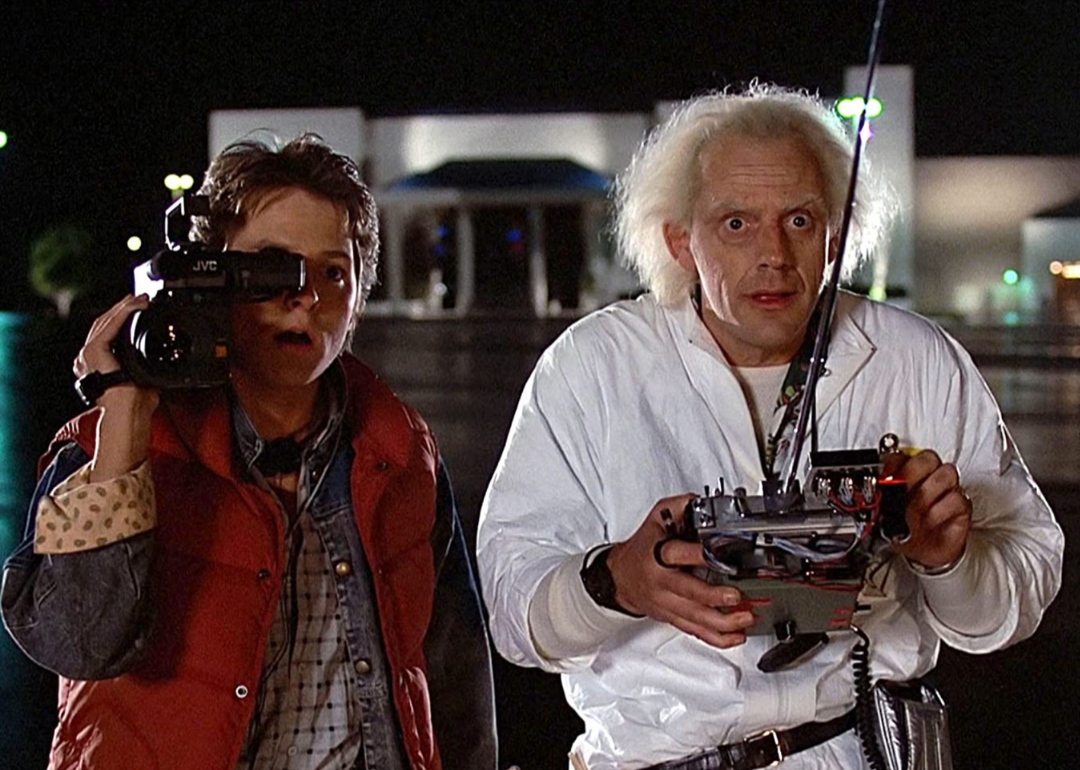
Universal Pictures
#8. Robert Zemeckis’ ‘Back to the Future’ trilogy
Michael J. Fox and Christopher Lloyd in a scene from ‘Back to the Future’
– Average IMDb user rating: 7.9
– Average Metascore: 66.3
– Back to the Future (1985)
— IMDb user rating: 8.5
– Back to the Future Part II (1989)
— IMDb user rating: 7.8
– Back to the Future Part III (1990)
— IMDb user rating: 7.4
Beloved decades after its original release, Robert Zemeckis’ iconic trilogy premiered in 1985 with its first installment, “Back to the Future.” The first movie follows Marty McFly and Emmett “Doc” Brown as they attempt to stop a time paradox from unraveling after McFly is sent back to 1955. The trilogy wrapped up five years later in 1990, always following the main duo on their time-hopping adventures.
While the second and third films didn’t live up to the acclaim of the first, they did continue to treat audiences with a fun ride through time on the DeLorean. Its legacy is immense, even sparking a global “Back to the Future Day” on October 21, 2015—the date Doc and Marty time-traveled to in the second film.
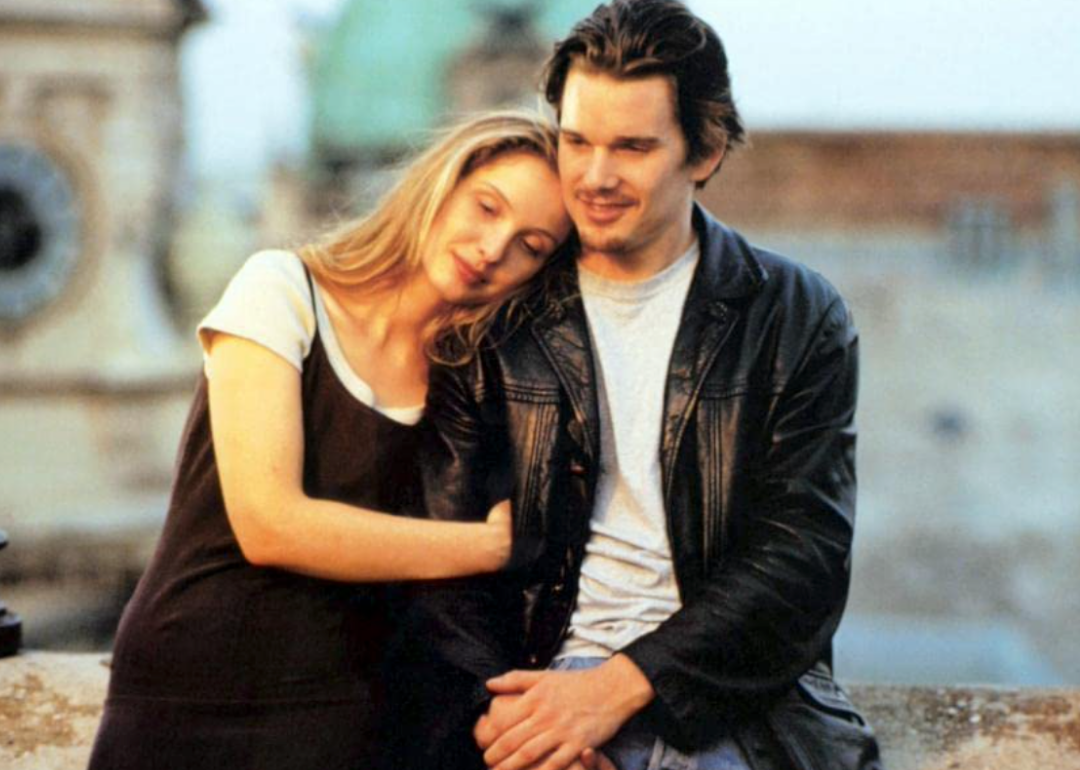
Castle Rock Entertainment
#7. Richard Linklater’s ‘Before’ trilogy
Ethan Hawke and Julie Delpy in a scene from ‘Before Sunrise’
– Average IMDb user rating: 8.0
– Average Metascore: 87
– Before Sunrise (1995)
— IMDb user rating: 8.1
– Before Sunset (2004)
— IMDb user rating: 8.1
– Before Midnight (2013)
— IMDb user rating: 7.9
Richard Linklater’s “Before” trilogy spans 18 years and follows two central characters: Celine and Jesse. “Before Sunrise,” the first installment, shows Celine and Jesse, who initially meet on a train and slowly get to know each other. The next film follows the characters as they meet again, this time after not seeing each other for nine years, in “Before Sunset.” Finally, “Before Midnight” explores the lives of Celine and Jesse as a married couple.
Minimalist to its core, the “Before” trilogy utilizes monologues and the chemistry between Julie Delpy and Ethan Hawke to keep viewers enthralled. By using the passage of time not only in the film’s universe but also in the timing of each installment’s release, Linklater establishes the beauty of love and lost connection.
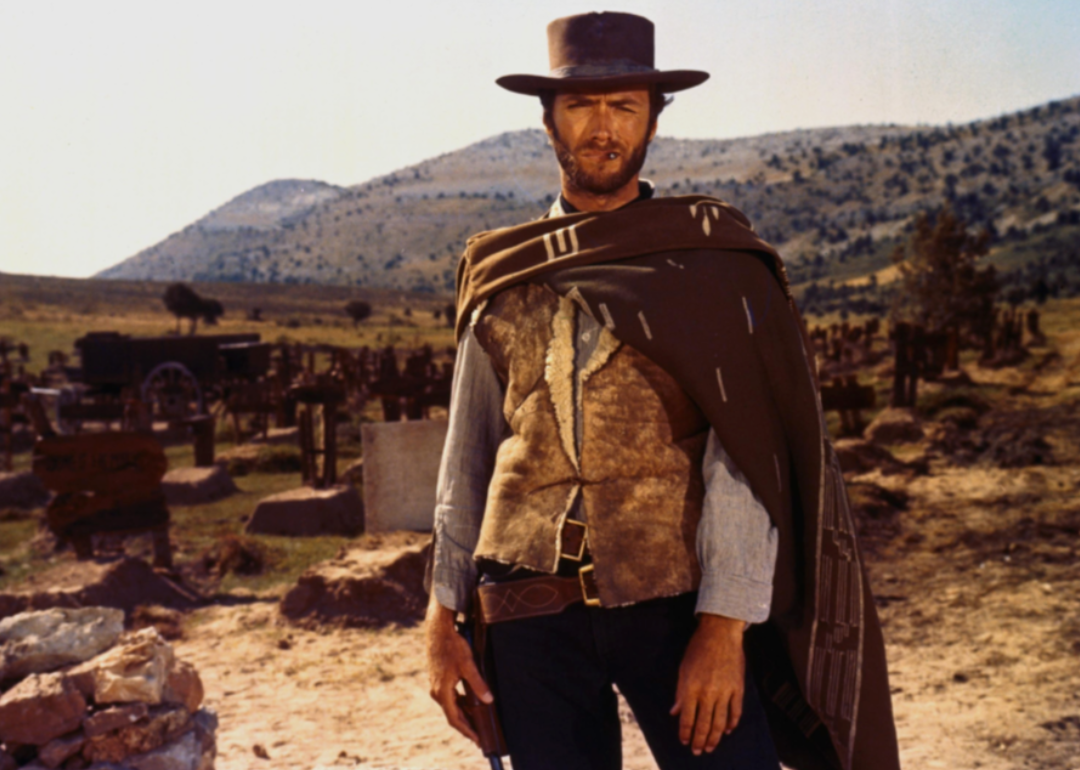
United Artists – MGM
#6. Sergio Leone’s ‘Dollars’ trilogy
Clint Eastwood in ‘The Good, the Bad and the Ugly’
– Average IMDb user rating: 8.3
– Average Metascore: 76.3
– A Fistful of Dollars (1964)
— IMDb user rating: 7.9
– For a Few Dollars More (1965)
— IMDb user rating: 8.2
– The Good, the Bad and the Ugly (1966)
— IMDb user rating: 8.8
Even though they were never intended to be related, the Clint Eastwood-led films by Sergio Leone are indeed a trilogy and the first films to establish the “spaghetti Western” genre. The Dollars trilogy consists of the “Man With No Name” (Eastwood) adventuring on horseback in a border town called San Miguel. Released every year from 1964 to 1966, the films became box office hits, with the trilogy grossing $54.8 million worldwide.
While the plots aren’t inherently connected, each film turned the traditional Western film formula upside down. Leone introduced complicated heroes with questionable motives, dialed up the violence shown on screen, and created grandiose compositions to accompany the films (courtesy of Ennio Morricone).
You may also like: Sequels that outperformed the original at the box office
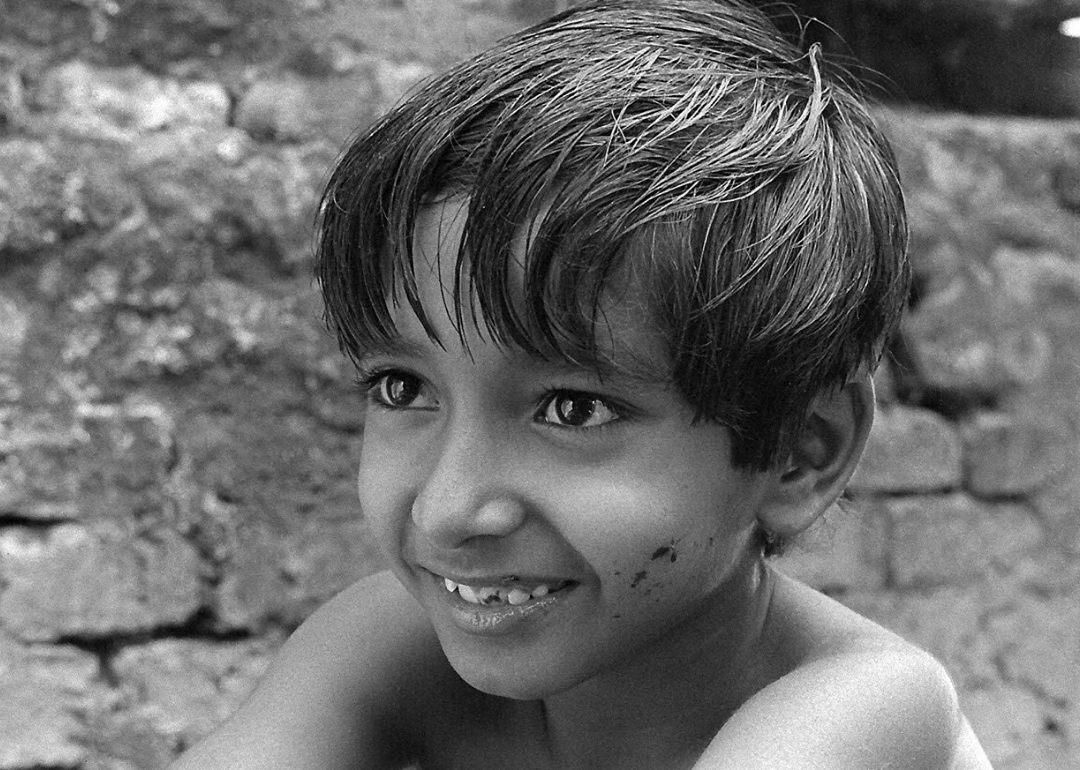
Government of West Bengal
#5. Satyajit Ray’s ‘Apu’ trilogy
Subir Banerjee in ‘Pather Panchali’
– Average IMDb user rating: 8.4
– Average Metascore: data not available
– Pather Panchali (1955)
— IMDb user rating: 8.3
– Aparajito (1956)
— IMDb user rating: 8.3
– The World of Apu (1959)
— IMDb user rating: 8.5
Based on the novels “Pather Panchali” and “Aparajito” by Bengali writer Bibhutibhushan Bandyopadhyay, the “Apu” films are one of the most critically acclaimed trilogies in the history of Indian cinema. Made on a shoestring budget and filmed in black-and-white, the films serve as a coming-of-age tale about a young Bengali, Apu, following him from his days as a child all the way to fatherhood.
Audiences journey with Apu as he struggles with poverty and the deaths of those close to him. “Pather Panchali” was director Satyajit Ray’s debut film. He not only proved himself an important voice in the arts but became a titan of cinema worldwide, influencing directors like Martin Scorsese and Wes Anderson.
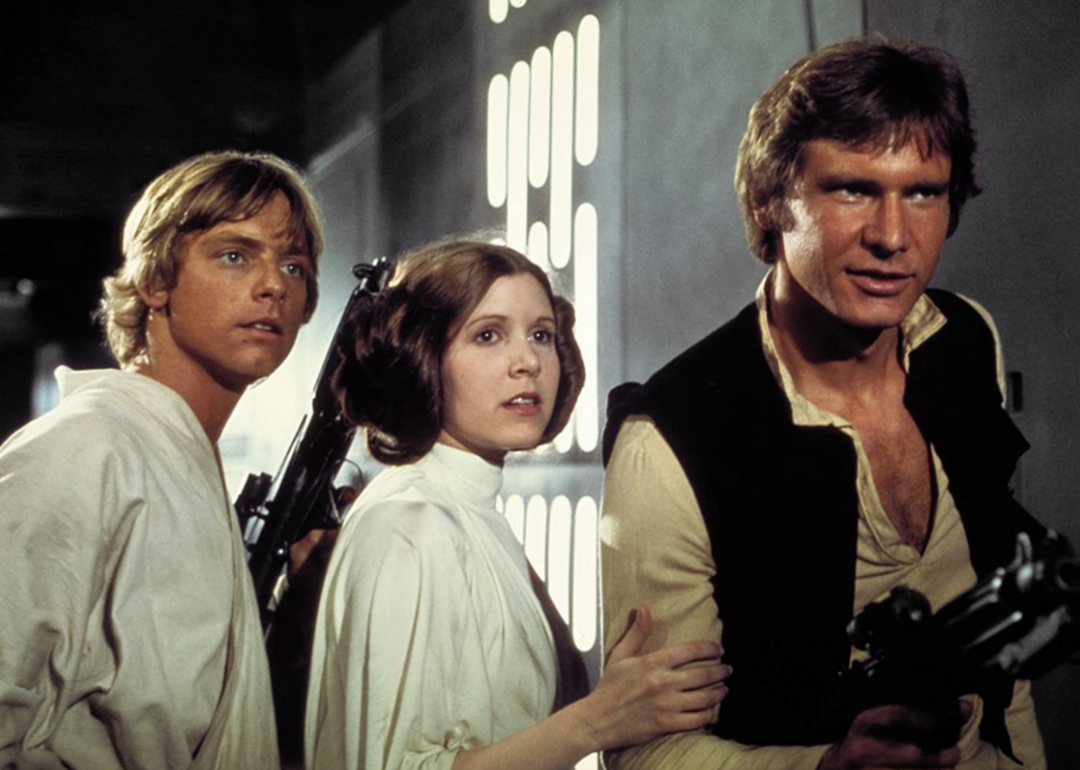
Lucasfilm Ltd.
#4. The original ‘Star Wars’ trilogy
Harrison Ford, Carrie Fisher, and Mark Hamill in ‘Star Wars: Episode IV – A New Hope’
– Average IMDb user rating: 8.5
– Average Metascore: 76.7
– Star Wars: Episode IV – A New Hope (1977)
— IMDb user rating: 8.6
– Star Wars: Episode V – The Empire Strikes Back (1980)
— IMDb user rating: 8.7
– Star Wars: Episode VI – Return of the Jedi (1983)
— IMDb user rating: 8.3
George Lucas’ original “Star Wars” trilogy revived science fiction films when it was first released in 1977. At the time, viewers had tired of “Buck Rogers” and “Flash Gordon” on film. The success of “Star Wars” helped make the case for greenlighting 1979’s “Star Trek: The Motion Picture.” The groundbreaking visual effects of “A New Hope” had viewers hooked, but it is the plot twist in “The Empire Strikes Back” that got audiences in 1980 obsessing over all things from a galaxy far, far away.
It’s a testament to George Lucas’ filmmaking and world-building abilities that this world he created is still popular almost 50 years later. With the franchise now owned by Disney, a slew of television shows within this universe are released on an annual basis, adding to the rich world and fandom Lucas and his viewers built all those years ago.
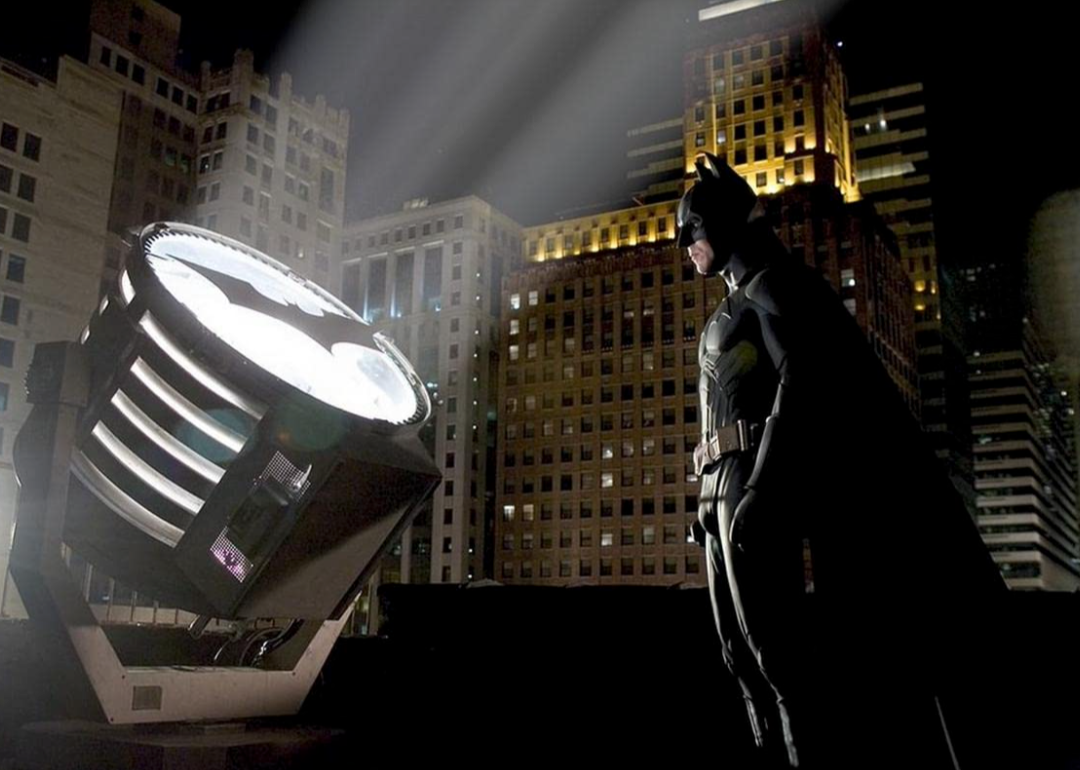
Warner Bros.
#3. Christopher Nolan’s ‘Dark Knight’ trilogy
Christian Bale in ‘Batman Begins’
– Average IMDb user rating: 8.5
– Average Metascore: 77.3
– Batman Begins (2005)
— IMDb user rating: 8.2
– The Dark Knight (2008)
— IMDb user rating: 9.0
– The Dark Knight Rises (2012)
— IMDb user rating: 8.4
With their broody atmosphere and grim plots, Christopher Nolan’s “Batman” films let audiences bask in the grim world of Gotham City. “Batman Begins” began the trilogy, but “The Dark Knight” and Heath Ledger’s phenomenal turn as the Joker allow these films to still feel fresh. Even though the final film, “The Dark Knight Rises,” can’t compare to its predecessor, the film and its villain Bane (Tom Hardy) turned in a respectable performance, with Hardy even radically transforming his body to suit the character. At the worldwide box office, the three films collectively grossed more than $2.4 billion.
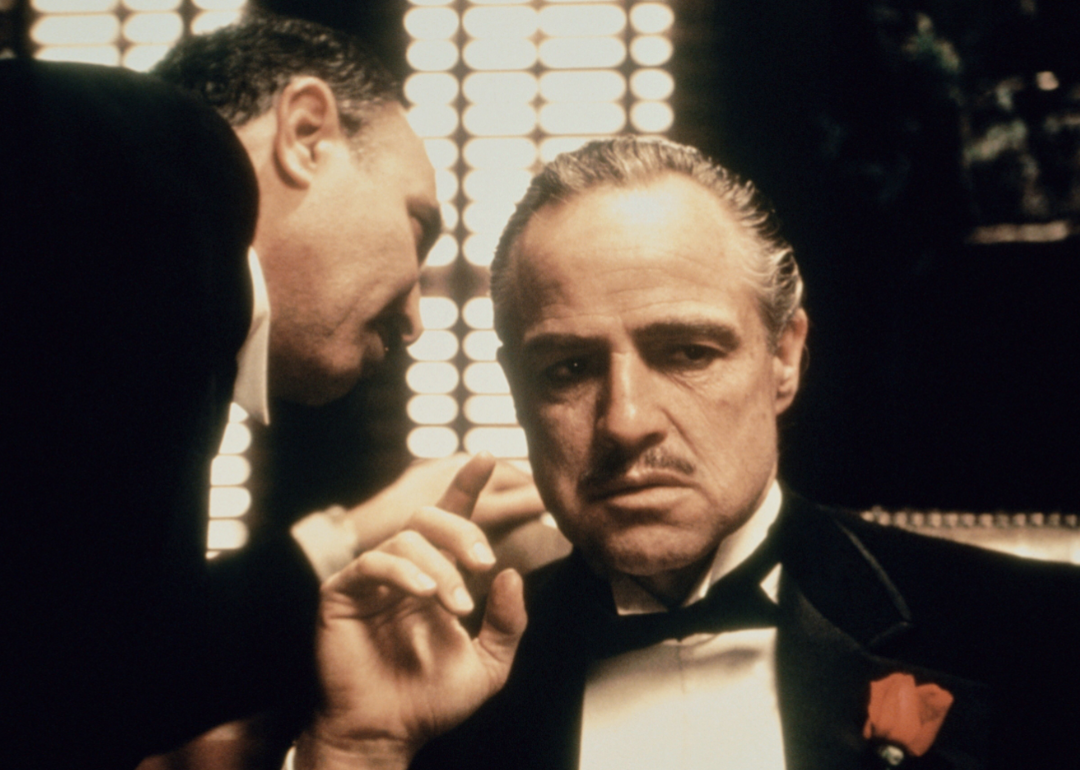
Paramount Pictures
#2. Francis Ford Coppola’s ‘Godfather’ trilogy
Marlon Brando and Salvatore Corsitto in ‘The Godfather’
– Average IMDb user rating: 8.6
– Average Metascore: 83.3
– The Godfather (1972)
— IMDb user rating: 9.2
– The Godfather Part II (1974)
— IMDb user rating: 9.0
– The Godfather Part III (1990)
— IMDb user rating: 7.6
With a standout cast consisting of Marlon Brando, Al Pacino, and James Caan, director Francis Ford Coppola made arguably one of the best crime dramas of all time. Adapted from Mario Puzo’s 1969 novel of the same name, “The Godfather” follows the Corleone family under its patriarch Vito Corleone (Brando). As the film progresses, audiences see Vito’s son (Pacino) reluctantly take on the mantle of power from his father.
The film became the highest-grossing film of 1972 and won Best Picture, Best Adapted Screenplay, and Best Actor for Brando (who famously refused the award) at the 45th Academy Awards. Although “The Godfather Part II” didn’t do nearly as well at the box office, the film is viewed with high regard, while the third installment was met with harsh critiques.
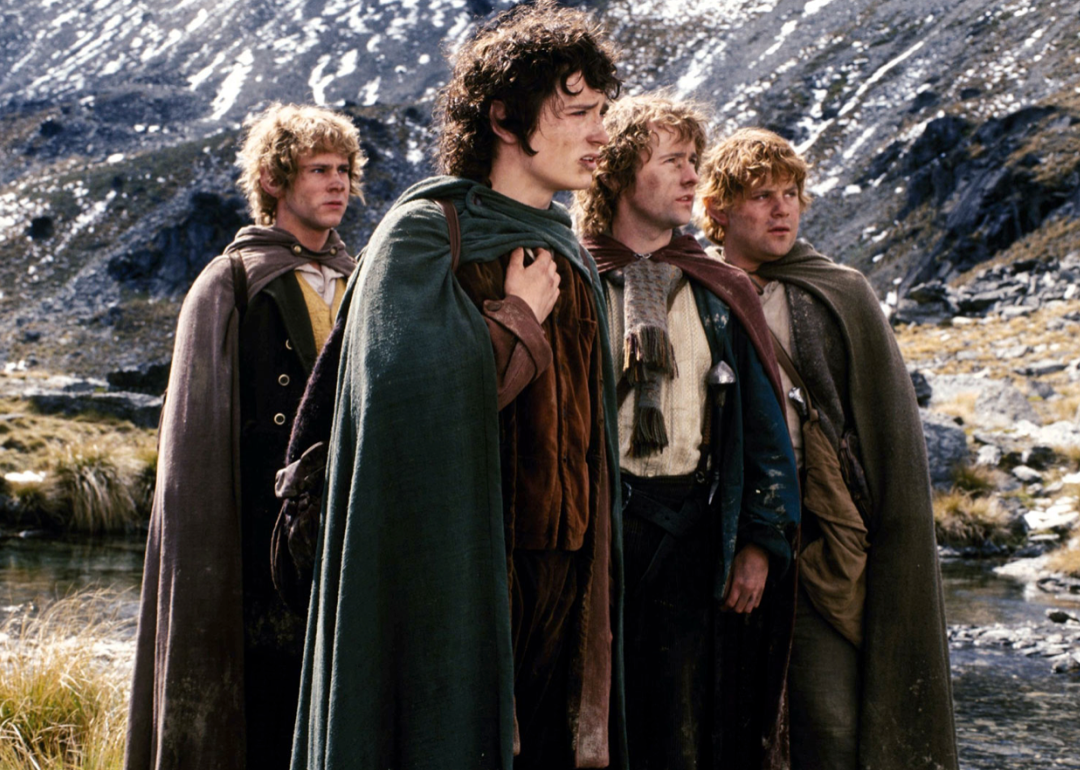
New Line Productions
#1. Peter Jackson’s ‘Lord of the Rings’ trilogy
Sean Astin, Elijah Wood, Billy Boyd, and Dominic Monaghan in ‘The Lord of the Rings: The Fellowship of the Ring’
– Average IMDb user rating: 8.9
– Average Metascore: 91
– The Lord of the Rings: The Fellowship of the Ring (2001)
— IMDb user rating: 8.8
– The Lord of the Rings: The Two Towers (2002)
— IMDb user rating: 8.8
– The Lord of the Rings: The Return of the King (2003)
— IMDb user rating: 9.0
Hailed as one of the best book-to-screen adaptations of all time by Entertainment Weekly, Peter Jackson’s “The Lord of the Rings” trilogy will always be known for achieving the impossible: realizing a world as rich and dense as J.R.R. Tolkien’s. Jackson proved them wrong, with each film in the trilogy surpassing its predecessor in terms of quality and heart.
“The Return of the King”—the final film in the trilogy—won all 11 Oscars it was nominated for at the 76th Academy Awards, including Best Picture. Despite the first film being released two decades ago, the adventure-filled “Lord of the Rings” trilogy feels timeless and always proves to be a rewarding viewing experience.
You may also like: Mistakes from the 50 best movies of all time



